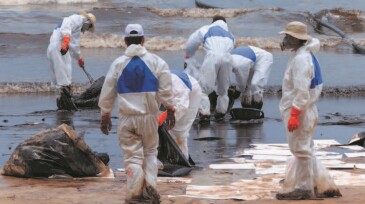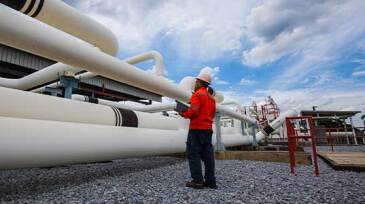safety
-
Vehicle-related accidents contributed to more than a quarter of worker deaths in the oil and gas extraction industry over a recent 6-year period, according to a report from the CDC.
-
This paper examines how connected technology can help streamline safety processes and improve worksite efficiency.
-
Health, safety, and environment operations can be greatly enhanced by using artificial intelligence (AI) techniques on HSE data. One important aspect inherent in this process is the need to establish trust in the AI system among the users.
-
Revisions to the 2019 rule aim to bolster safe and environmentally responsible energy operations.
-
Ipieca and the International Association of Oil and Gas Producers have updated their “Incident Management System for the Oil and Gas Industry,” “Oil Spill Exercises,” and “Responder Health and Safety” guidance documents.
-
In one of the largest studies of its kind, the authors set out to identify trends and common factors of serious injuries and fatalities in order to identify strategies to reduce the risk.
-
This paper describes a simple and intuitive digital health, safety, and environment (HSE) application designed to raise awareness of occupational health and safety and sustainably promote responsible worker behavior.
-
Driving change to encourage a new way of thinking about enterprise-level risk and potential hazards.
-
The Swiss-based company Hydromea announced advances in underwater optical modem technology and development of an underwater monitoring system capable of daily data sweeps remotely.
-
Many oil and gas workers can operate as lone workers. Fortunately, there are technologies that can help protect isolated and remote employees.










